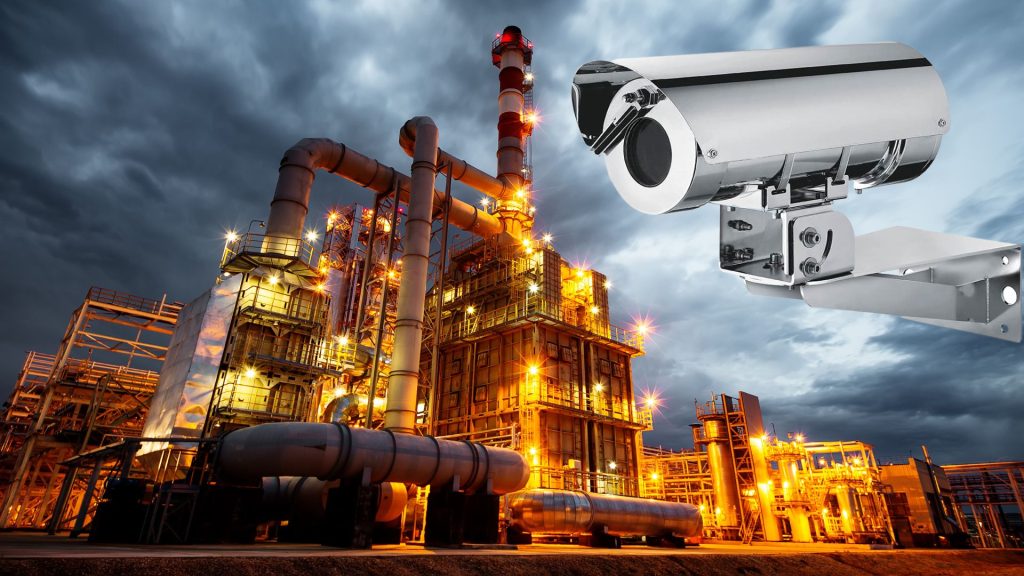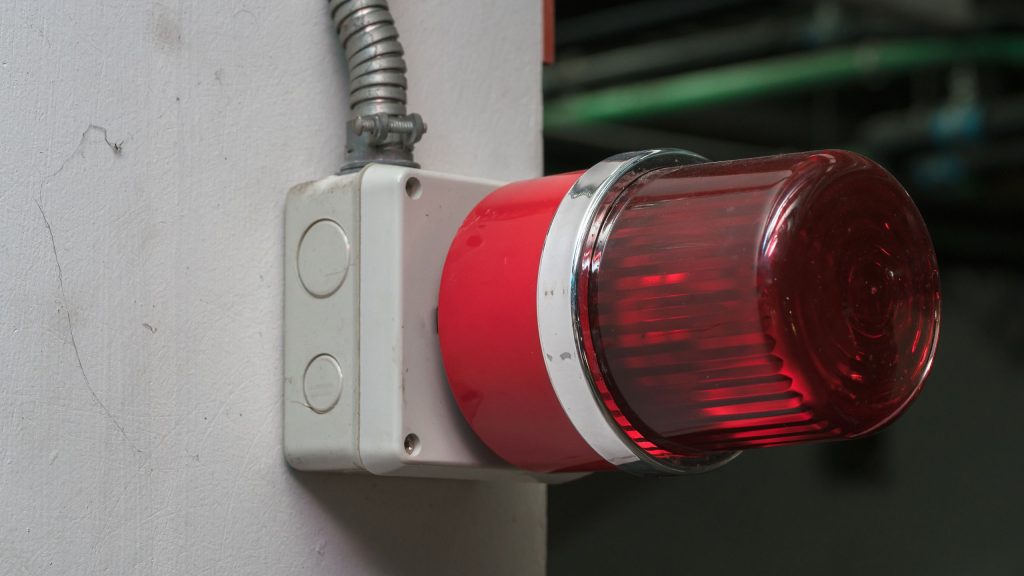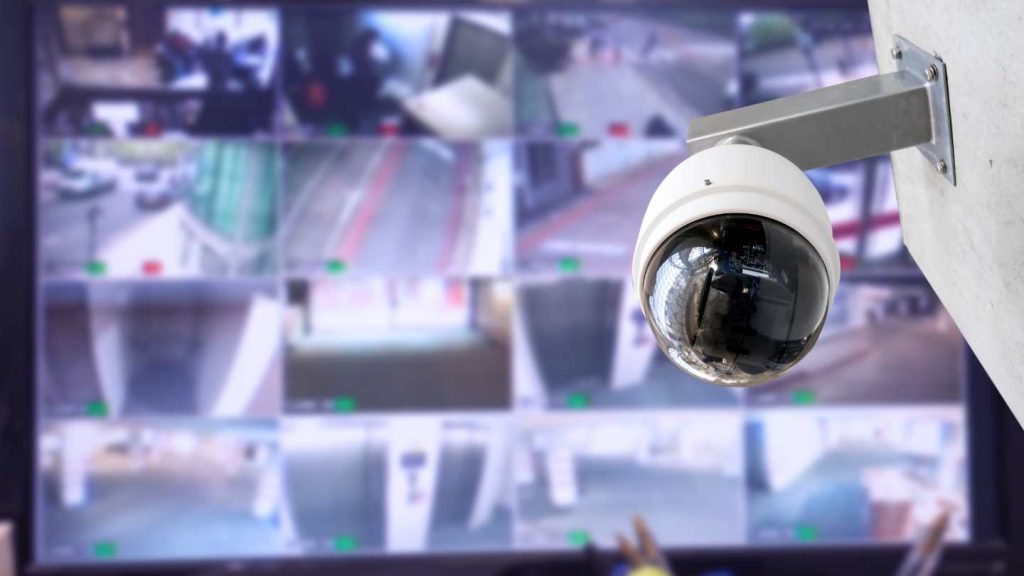CCTV systems in hazardous environments play a crucial role in enhancing security and surveillance. When it comes to installing CCTV systems for hazardous environments, several factors such as extreme weather conditions or high-risk areas, must be considered.
Factors to Consider Before Installing
Environmental Conditions
Harsh environments can subject CCTV systems to extreme temperatures, humidity, dust, and corrosive elements. It is essential to choose cameras, cables, and other system components specifically designed to withstand these conditions.
Look for cameras with high IP (Ingress Protection) ratings, indicating their resistance to water, dust, and impact. Additionally, ensure that the cables and connectors are suitable for the environment and can withstand extreme temperatures.
Camera Durability
The durability of the cameras is of utmost importance in harsh environments. Consider cameras with rugged construction, built-in protective housings, and vandal-proof features to withstand physical tampering or vandalism attempts.
Look for cameras made from robust materials such as metal alloys or SS316L that can endure impact, moisture, and other potential hazards.
Temperature Extremes
If the environment experiences extreme temperatures, both high and low, ensure that the CCTV system can operate reliably in such conditions. Extreme heat or cold can affect the performance and lifespan of the equipment.
Use cameras with wide temperature tolerance ranges and consider using heaters to avoid mist blurring the viewing glass or coolers to maintain the optimal operating temperature range for the cameras and other system components.
Lighting Conditions
Harsh environments often have challenging lighting conditions, such as low light, high glare, or frequent changes in lighting levels. It is crucial to select cameras with excellent low-light performance, wide dynamic range (WDR) capabilities, and infrared (IR) illuminators for night vision.
Consider conducting a thorough lighting analysis of the area to determine the optimal camera specifications and placement. Thermal imaging can also be used for detecting oil spill on water, heating electrical joints, loss of flame on the flare, fire and even intrusion by personnel into areas that are not permitted.
Power Supply
Reliable power supply is critical for uninterrupted CCTV system operation. Harsh environments might experience frequent power fluctuations, surges, or even power outages. Consider using backup power options such as uninterruptible power supply (UPS) systems or generators to ensure continuous operation during power disruptions.
Choose cameras with low power consumption to reduce strain on the power supply infrastructure.

Remote Monitoring and Storage
In harsh environments, it may be challenging to physically access the CCTV system for monitoring or maintenance purposes. Consider a system that offers remote monitoring capabilities, allowing you to access live video feeds and manage the system from a centralized location.
Think about the storage requirements for video recordings. Harsh environments may require higher storage capacities due to extended recording durations or higher camera resolutions.
Integration with Existing Systems
If you have existing security or surveillance systems, ensure compatibility and integration possibilities with the new CCTV system. This allows for a unified security infrastructure, centralized management, and easier retrieval of data.
Consider consulting with a professional system integrator to ensure seamless integration and maximize the effectiveness of your overall security solution.
Why Choose Us?
Vivo Asia Engineering & Trading has over 10 years of experience in installing systems for industries that operate in harsh and hazardous environments. We are well-versed in compliance specifications, know how to overcome common challenges and have partnered with some of the best brands that provide suitable CCTV cameras and equipment.


